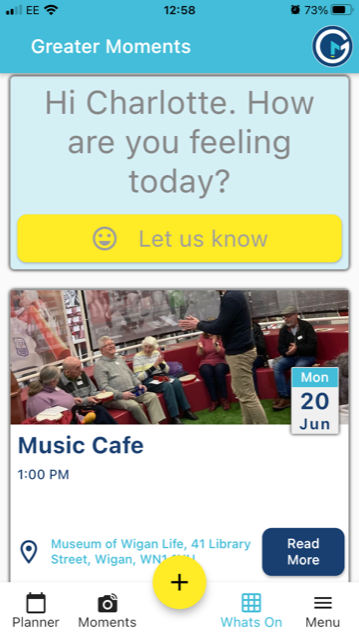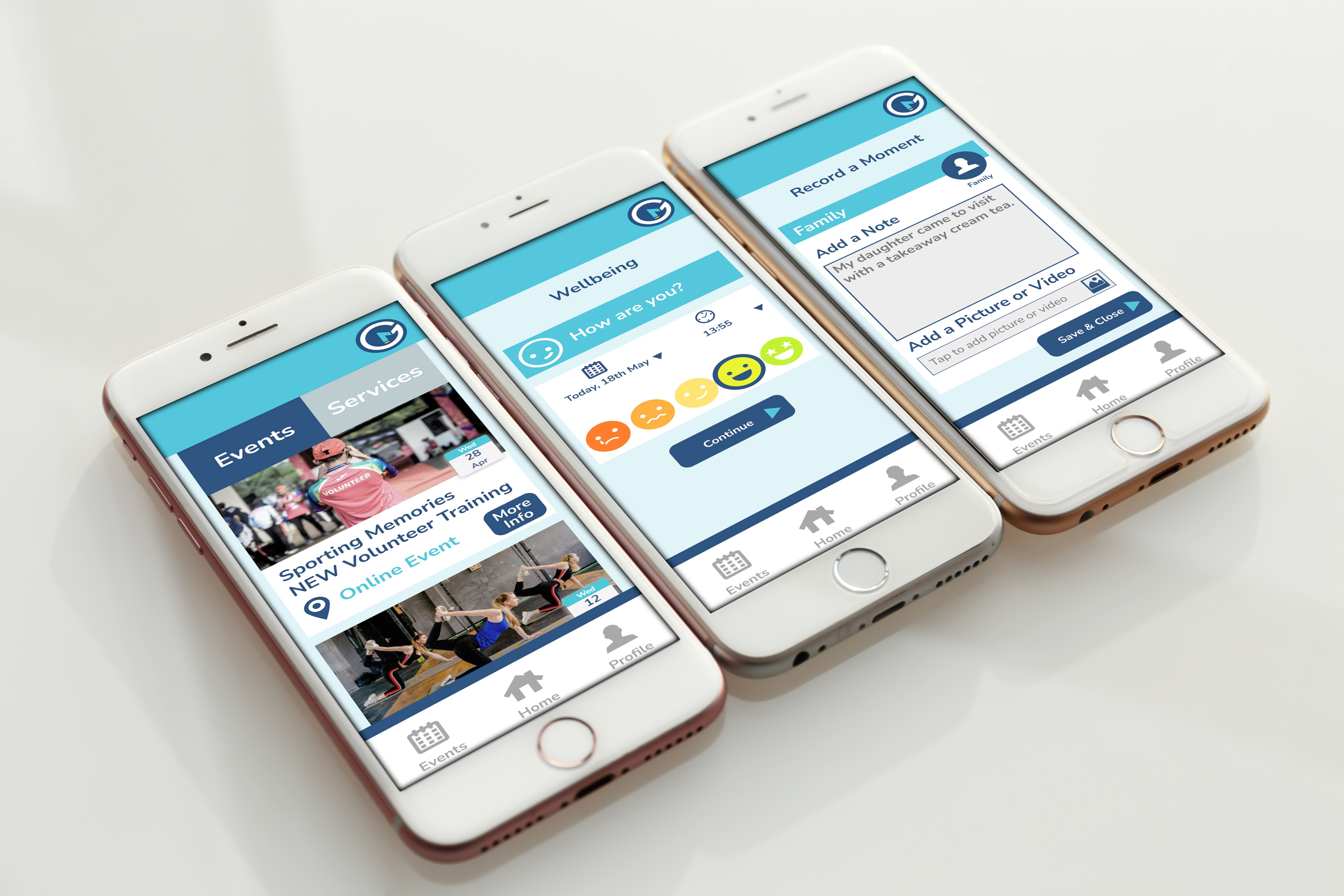5 Ways to Digital Success in the Social Sector

Here in our latest blog, our Managing Director – Gary Lovatt shares with you 5 Ways to Digital Success in the Social Sector
As a digital leader within the social sector, we’ve designed and implemented various solutions to engage with a range of ages, demographics and settings over the past 11 years.
With any kind of genuine innovation there’s never a guarantee of success, however we’d like to share a few insights into some of the valuable lessons we’ve learned when bringing tech into service delivery – whatever issue you are trying to address.
Here are 5 tips that could make a big difference:
- Understand exactly what problem you are solving
I speak with many Local Authority, NHS and VCSE leaders who say they ‘need an app’. Sometimes this can come from the competitive nature of funding or feeling like their Voluntary Organisation is being left behind – however the motivation really needs to start with ensuring the purpose of any tech focuses on genuinely adding value, changing behaviours or improving lives. It’s therefore important to ensure that introducing tech delivers something that can’t be delivered in different way.
- Listen then Act
Once you’ve established an opportunity to introduce tech, talk to the people who matter. How are they engaging currently with other apps? How are they currently engaging with you? What are the potential barriers involved in changing the status quo? What beneficial changes would you/they expect to see from engaging with you in this new way?
Case Study example:

When we developed Greater Moments, we initially thought that our app was solving a problem around providing information and activities for carers of people with dementia. When we spoke to carers however, we found that they had generally had access to plenty of information – it was just in so many places (Facebook, libraries, GP surgeries, signposting websites, charities such as Age UK).
We learned that the problem therefore wasn’t the availability information – but the time and effort involved in navigating the system. We therefore determined that the problem we were solving for carers was offering carers a single point presence of information, more centred around the individual using AI and recommender software based on previously recorded experiences.
This also benefitted the marketplace (including voluntary orgs) as they could get real time feedback on how experiences were landing, creating a licensing model for lower cost engagement and evaluation potential amongst their customers.
- Collaborate
The best tech solutions involve collaboration with other organisations, yet so many people in the social sector still work in silos. The quickest way to diverse, mass engagement is to work alongside organisations who already have access to those user groups. Engage them, motivate and reward them for getting behind your solution.

- Test, Learn, Improve and Feedback
People in our sector talk about “testing and learning” a lot, however it doesn’t stop there. You then need to improve your solution and feed back to your users exactly what you’ve done as a result of listening to them. This feedback loop maintains motivation and helps people feel part of the solution of continual improvement.
- Measure seamlessly and with intent
The final part is one of measuring with intent. There is always a trade off between measurement and engagement, too much measuring and the user experience is compromised. Too much engagement without checking impact and reporting to your funder becomes more challenging.
So our final tip is to be brutal about exactly what is needed in terms of measurement and why. Avoid surveys of more than 3 questions where possible unless you have captive spaces/time with people (they work ok in schools for example but not in an app).
Measuring with intent means that you are genuinely intending to do something with your data that enables:
a) improved quality of life for individuals,
b) demonstrated impact (to the user and your funder)
c) continued improvements in your solution.
Final note
Designing tech solutions in the social sector is far from easy and costs more than most think. You don’t have to scratch build everything and sometimes it’s more sensible to license or integrate with other solutions than to take on the burden yourselves. The key therefore is understanding what already exists alongside the genuine gaps being experienced by your users before embarking on any new development.
If you’d like to have a chat about bringing digital into your plans, feel free to drop me a line at [email protected] or alternatively click the button below.
